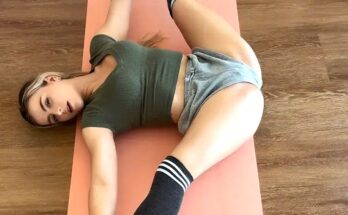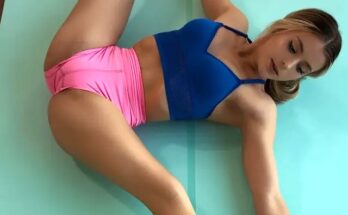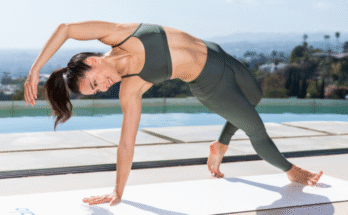Yoga is an ancient practice that combines physical movement, breathing techniques, and meditation to promote balance in the body, mind, and spirit. With its roots in India, yoga has grown into a global wellness trend embraced by people of all ages and backgrounds. For beginners, yoga can seem intimidating at first, but it’s one of the most accessible and adaptable forms of exercise. Whether you’re looking to increase flexibility, reduce stress, or build strength, yoga offers something for everyone.
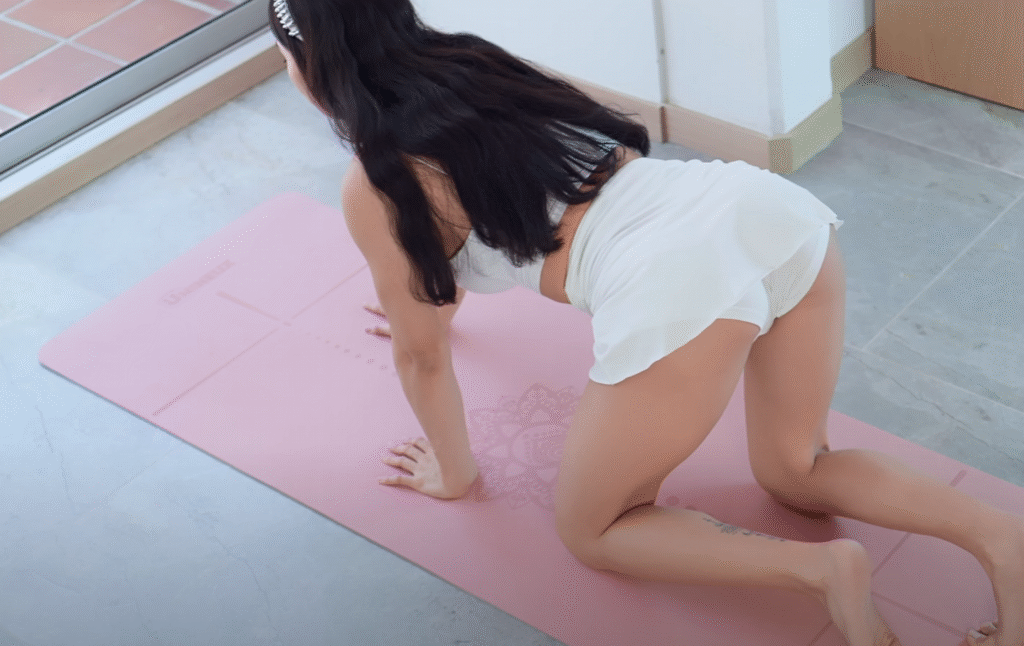
What is Yoga?
Yoga is more than just stretching or contorting your body into different shapes. At its core, yoga is a holistic practice that encourages mindfulness, intentional movement, and breath control. There are various styles of yoga, including Hatha, Vinyasa, Ashtanga, Yin, and Restorative, each with its own pace and focus. For beginners, it’s usually best to start with a gentle style like Hatha or a beginner-friendly Vinyasa class to learn the fundamentals.
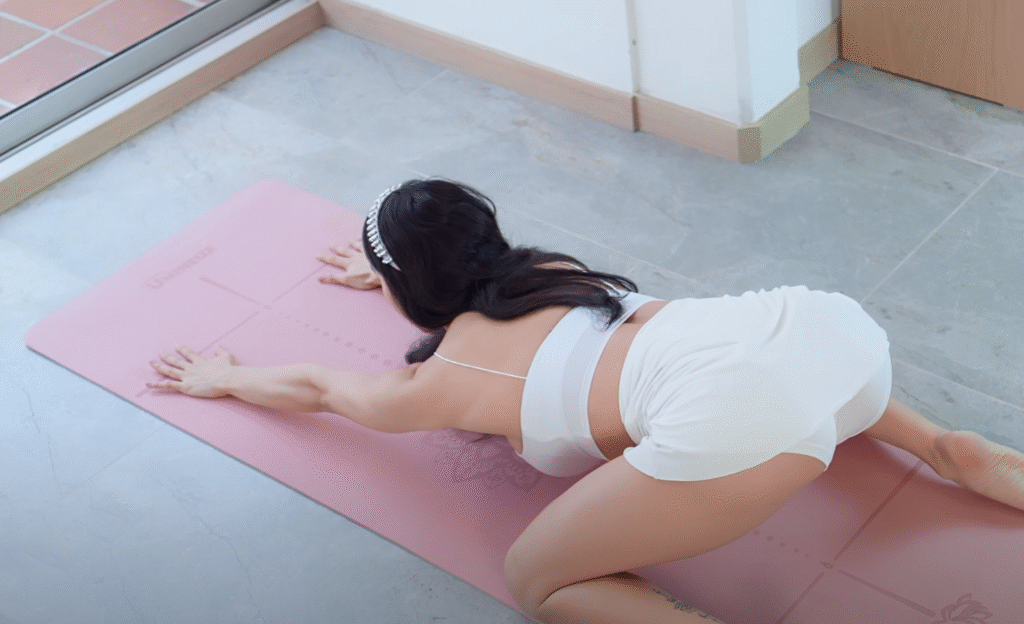
Benefits of Yoga for Beginners
Yoga offers numerous physical and mental benefits, making it an ideal starting point for anyone new to fitness or looking to improve their overall well-being:
- Improved Flexibility: Yoga gently stretches muscles, increasing your range of motion over time.
- Enhanced Strength: Many yoga poses use your body weight to build strength, especially in the core, arms, and legs.
- Better Posture: Regular practice can correct poor posture by strengthening the muscles that support your spine.
- Stress Reduction: Breathing exercises and mindful movement help calm the mind and reduce anxiety.
- Increased Focus: Yoga encourages you to be present in the moment, improving concentration and mental clarity.
- Improved Balance: Both physical and emotional balance can be achieved through consistent practice.

Getting Started: Tips for Beginners
Before diving into your first yoga session, keep these tips in mind to set yourself up for a positive experience:
1. Start Slow
Don’t feel pressured to do advanced poses right away. Focus on learning the basics and listen to your body. Yoga is not about competition—it’s about connection.
2. Choose the Right Style
For beginners, Hatha yoga is a great starting point because it moves at a slow pace and focuses on basic poses. Vinyasa offers a more dynamic flow, while Yin yoga focuses on deep stretching and holding poses for longer periods.
3. Use Props
Props like yoga blocks, straps, and cushions can help make poses more accessible. Don’t hesitate to use them—they’re tools to help you learn.
4. Practice Consistently
Like any skill, improvement in yoga comes with regular practice. Even just 10-15 minutes a day can lead to noticeable progress.
5. Wear Comfortable Clothing
Wear breathable, stretchy clothes that allow you to move freely. You don’t need expensive gear—comfort is key.
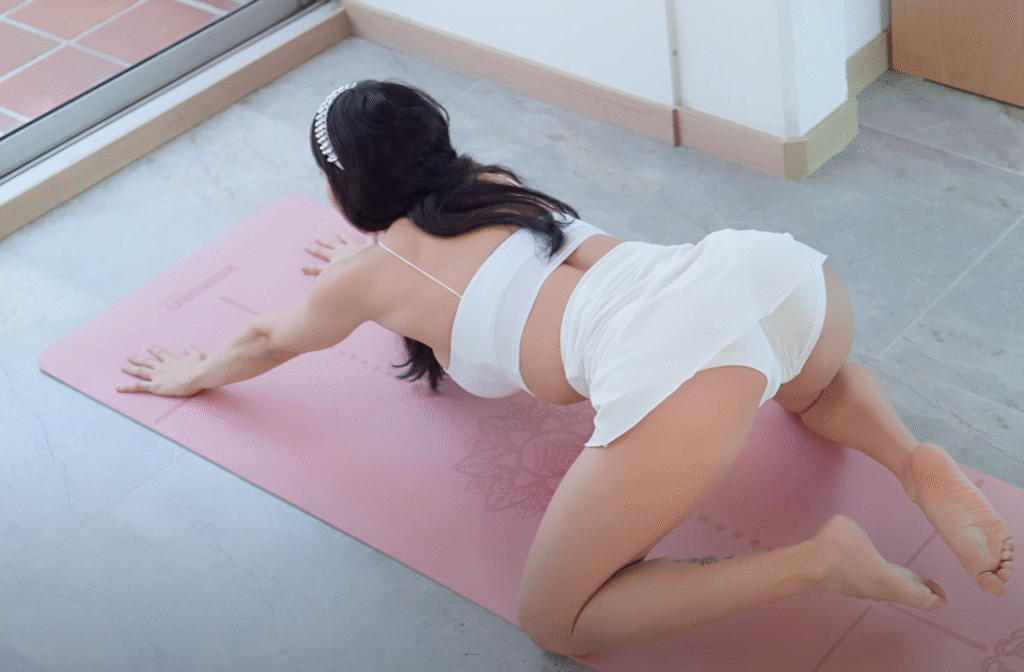
6. Focus on Breathing
Yoga is as much about breath as it is about movement. Try to breathe deeply and evenly through your nose, using your breath to guide your movements.
Basic Yoga Poses for Beginners
Here are some fundamental yoga poses that are perfect for beginners. You can try them at home or in a class setting.
1. Mountain Pose (Tadasana)
This pose looks simple, but it lays the foundation for all standing poses. Stand tall with feet together, shoulders relaxed, and arms by your side. Engage your thighs, lift your chest, and reach the crown of your head upward.
2. Downward-Facing Dog (Adho Mukha Svanasana)
Start on your hands and knees, then lift your hips toward the ceiling, forming an inverted “V” shape. Keep your hands shoulder-width apart and your feet hip-width apart. This pose stretches the back, hamstrings, and calves.
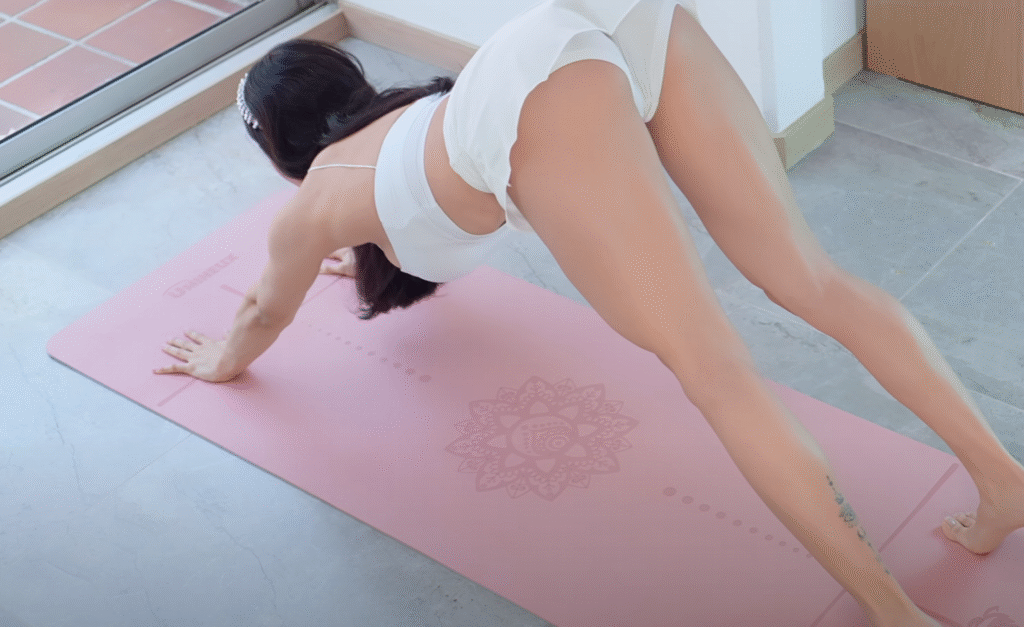
3. Cat-Cow Stretch (Marjaryasana-Bitilasana)
Move between arching your back (cat) and dropping your belly (cow) while on all fours. This flow helps warm up the spine and increases flexibility.
4. Child’s Pose (Balasana)
Kneel on the floor, sit back on your heels, and fold forward with your arms extended. Rest your forehead on the mat. It’s a resting pose that relieves stress and tension.
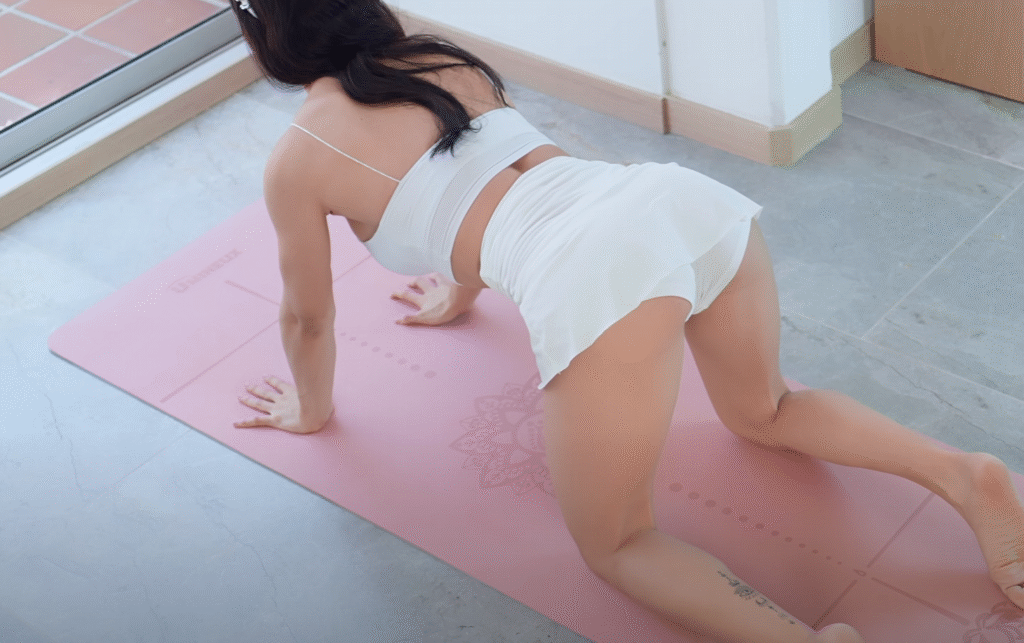
5. Warrior I (Virabhadrasana I)
Step one foot forward into a lunge, with your back foot turned slightly out. Raise your arms overhead, keeping your hips facing forward. This pose builds strength and confidence.
6. Tree Pose (Vrksasana)
Stand on one leg and place the sole of the opposite foot on your inner thigh or calf (not the knee). Bring your hands to prayer position or extend them overhead. It improves balance and focus.
7. Seated Forward Fold (Paschimottanasana)
Sit with your legs extended straight. Inhale and reach your arms up, then exhale and fold forward over your legs. This pose stretches the hamstrings and soothes the nervous system.
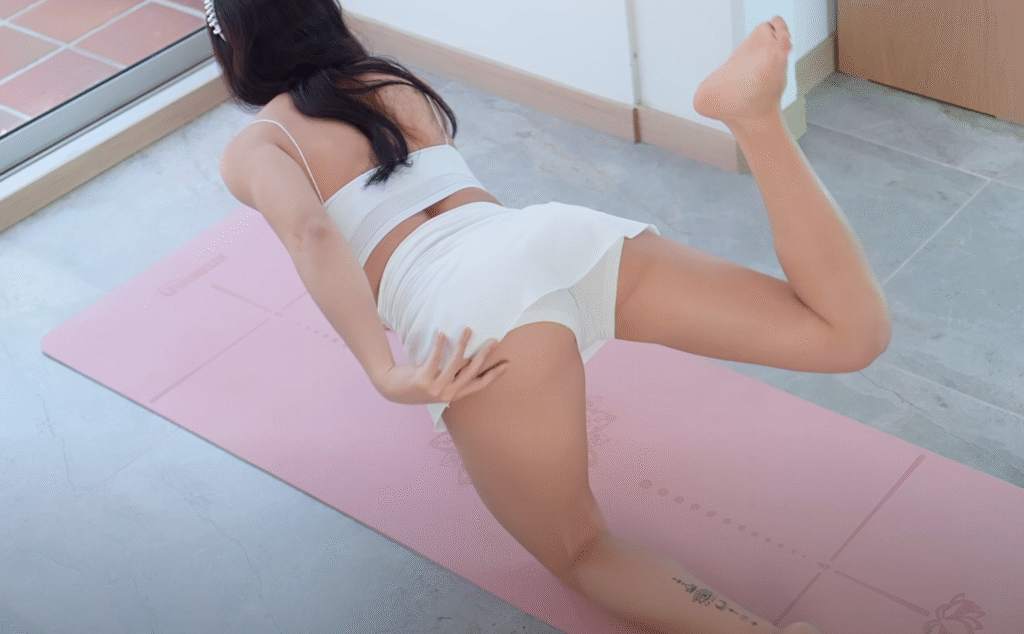
Creating a Beginner Yoga Routine
Here’s a simple 15-minute daily routine using the poses above:
- Mountain Pose – 1 minute (focus on grounding and breath)
- Cat-Cow Stretch – 2 minutes (warm up the spine)
- Downward-Facing Dog – 2 minutes (stretch and build strength)
- Warrior I – 1 minute each side (build stability and focus)
- Tree Pose – 1 minute each side (enhance balance)
- Seated Forward Fold – 2 minutes (calm the body)
- Child’s Pose – 2 minutes (rest and restore)
- Deep Breathing/Meditation – 2 minutes (center yourself)
Modify the routine based on your comfort level and time availability. The goal is not perfection, but consistent practice.
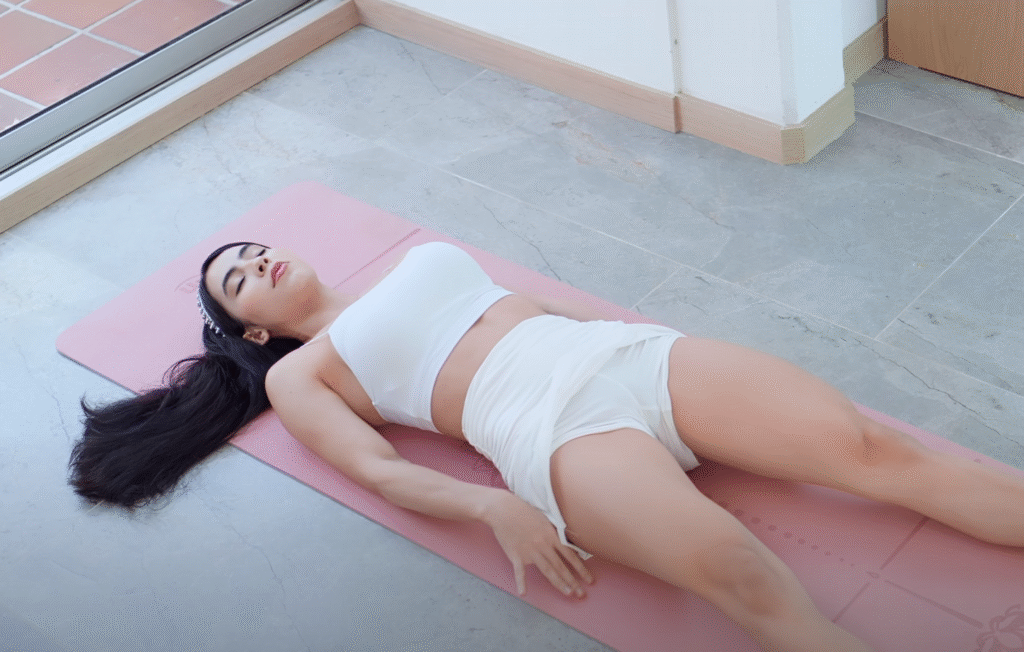
Common Challenges for Beginners
It’s normal to encounter some challenges as you begin your yoga journey. You may feel stiff, uncoordinated, or frustrated at first. Remember:
- Every body is different: What feels easy for one person might be hard for another.
- Flexibility comes with time: You don’t need to be flexible to start yoga—yoga helps you become more flexible.
- It’s okay to rest: Listen to your body. Take breaks or rest in Child’s Pose whenever you need to.
- There’s no right way to look: Yoga is not about body shape or size; it’s about how you feel inside.
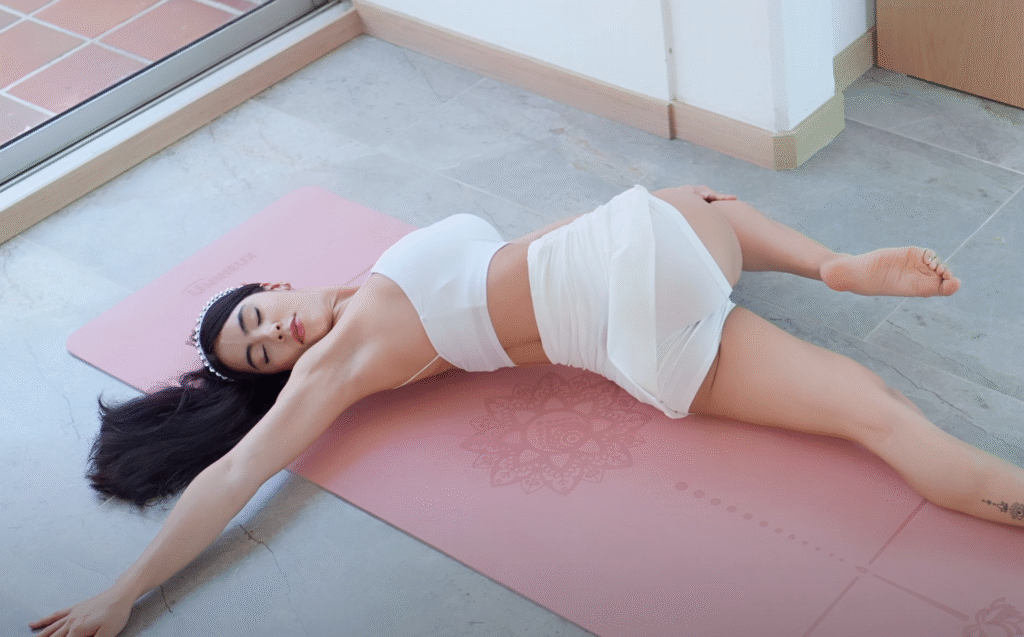
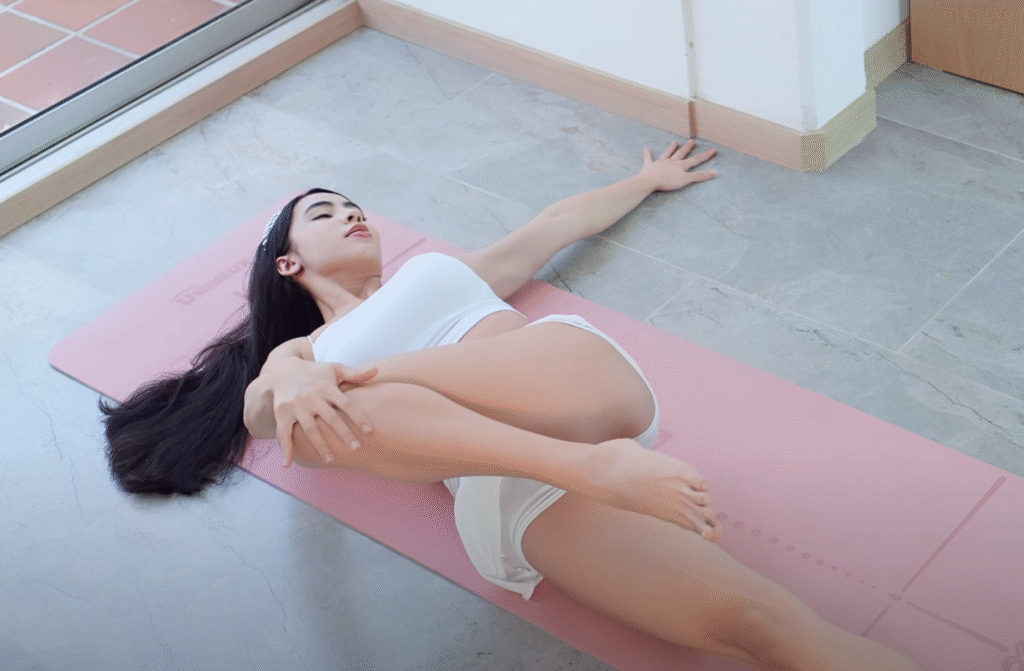
The Mind-Body Connection
One of the most powerful aspects of yoga is how it unites the mind and body. By focusing on your breath and staying present during practice, you begin to cultivate mindfulness—awareness without judgment. This can carry over into everyday life, helping you respond to stress with calmness and clarity.
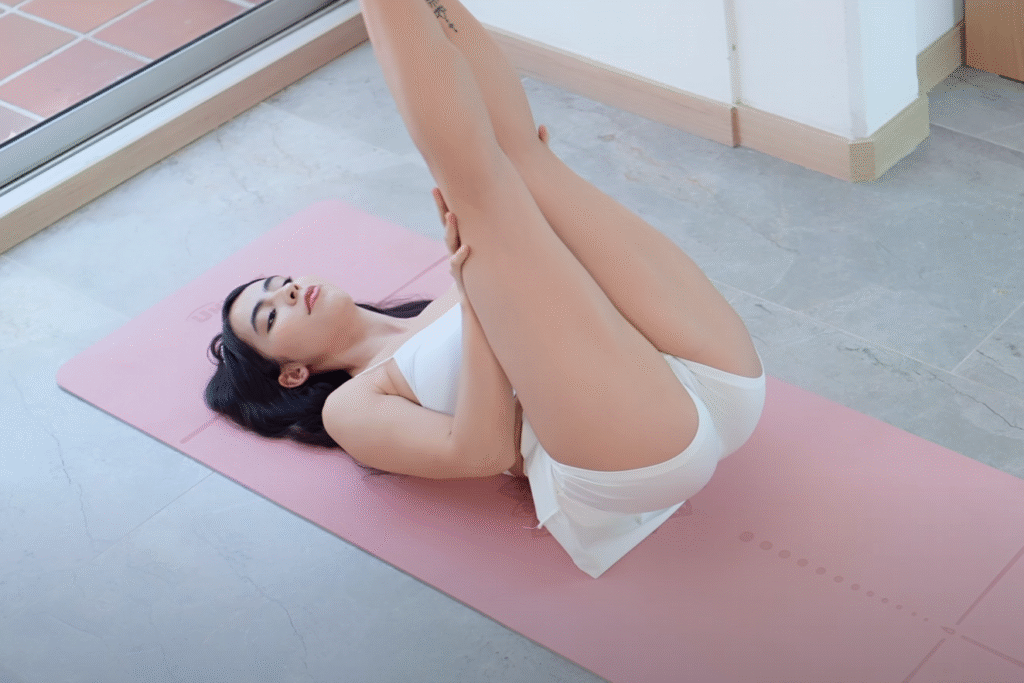
Final Thoughts
Yoga is a journey, not a destination. It’s a practice of patience, self-awareness, and growth. As a beginner, allow yourself to be open to learning, make space for mistakes, and celebrate the small wins. You don’t have to touch your toes or balance perfectly to benefit from yoga. Simply showing up on the mat is enough.
Whether you practice at home using online videos or join a local studio, the key is to keep going. With time, you’ll find that yoga not only strengthens your body but also nurtures your mind and soul.
So roll out your mat, take a deep breath, and begin your journey with yoga—one pose at a time.
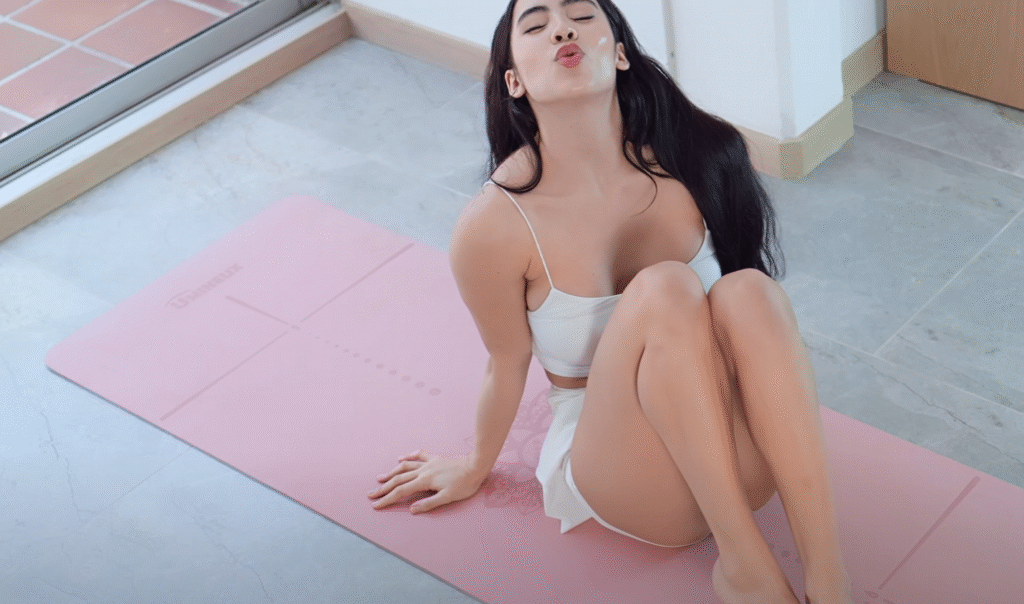
Let me know if you’d like this in a PDF, turned into a blog post, or translated into another language!

